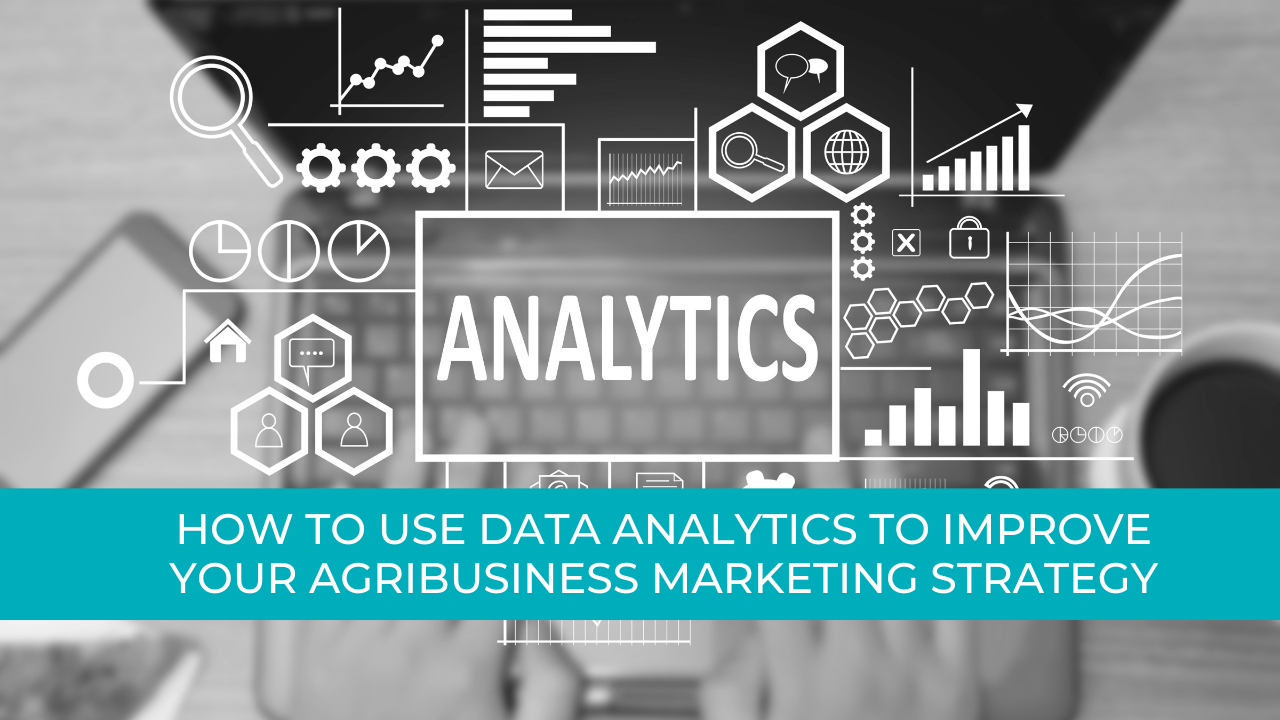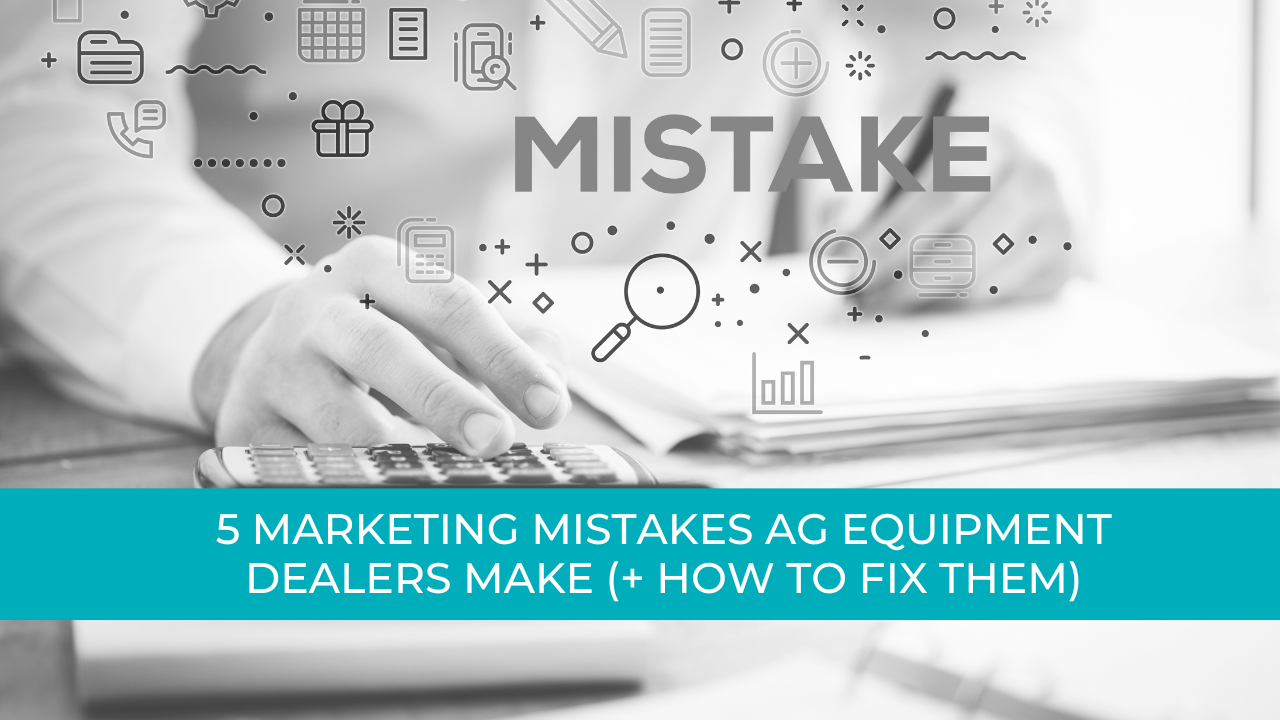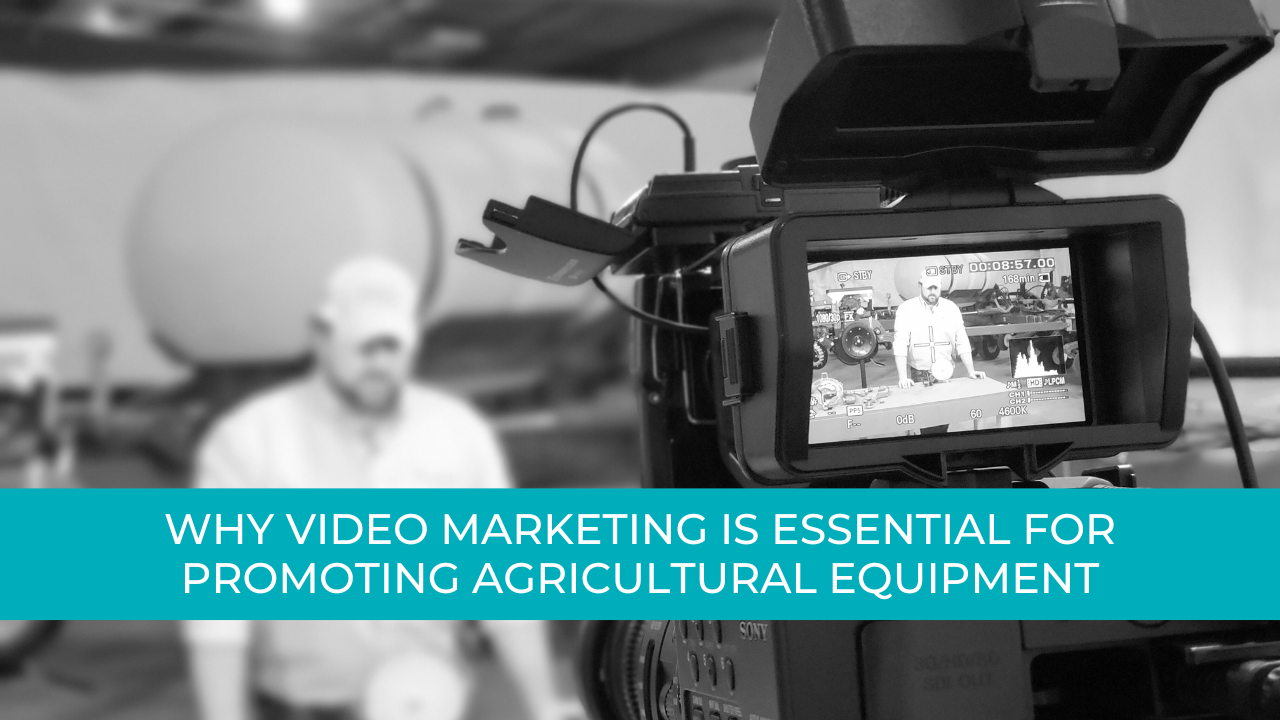Agtivation Blog
What's New In The Digital Ag World
How to Use Data Analytics to Improve Your Agribusiness Marketing Strategy
Data analytics helps agribusinesses make smarter, more profitable marketing decisions. By tracking customer behavior, campaign performance, and ROI, agricultural equipment dealers can fine-tune their strategies just like farmers fine-tune precision planting. When used correctly, analytics tools turn raw data into actionable insights that grow both leads and sales.

Key Takeaways
- Data analytics uncovers what marketing channels drive the best results.
- Dealers can use customer insights to personalize marketing messages.
- Tracking ROI ensures every dollar spent on marketing produces measurable growth.
- Precision planting isn’t just for crops. It’s a mindset for marketing.
- Working with experts like Agtivation helps translate data into real business outcomes.
Marketing in agribusiness isn’t what it used to be. Gone are the days when a few print ads and radio spots could move the needle. Today’s agricultural equipment dealers operate in a world driven by clicks, conversions, and data. That might sound like unfamiliar territory, but in reality, it’s a lot like farming. You wouldn’t plant seeds without testing your soil. The same logic applies to marketing. Data analytics is your soil test; the foundation for every growth decision you make.
At Agtivation, we specialize in helping agribusinesses use data to understand their customers, measure performance, and refine their marketing strategies for maximum return.
Why Data Analytics Matters in Agribusiness Marketing
Data analytics gives dealers a clear view of what’s working and what’s not. It eliminates the guesswork that often plagues marketing efforts. Think of it as checking your field moisture levels before irrigation. Without accurate readings, you risk wasting time and money.
For agricultural equipment dealers, analytics can:
- Identify which marketing channels (email, social, PPC, trade shows) deliver the best ROI.
- Track customer engagement across digital platforms.
- Reveal what content topics resonate most with your target audience.
When you base your marketing strategy on hard data instead of hunches, you cultivate better leads and more consistent sales. Avoiding these common marketing mistakes is easier when you rely on analytics. Learn more in our article 5 marketing mistakes ag equipment dealers make—and how to fix them.
Collecting the Right Data: What Really Counts
Not all data is created equal. Many businesses collect numbers without knowing what to do with them. The key is to focus on actionable data that ties directly to marketing goals.
Important metrics for agribusiness marketing include:
- Website analytics: Which pages visitors view most often. Keep in mind that this is changing with AI search. Review your most visited pages and update the content to include FAQs that LLMs will provide as answers to your customer questions.
- Lead source tracking: Where your best leads come from.
- Conversion rates: How many visitors take action (fill a form, request a quote, etc.).
- Customer demographics: Location, farm size, and equipment type.
The goal is to collect data that helps you understand not just what your customers do, but why they do it. Improving your website performance is a key step in collecting better analytics data. See 5 quick website improvements for maximum impact.
Understanding Customer Behavior Through Data
Every click, form submission, and social media interaction tells a story. Data analytics allows you to piece those stories together.
For example, if you notice that a large portion of your leads come from a specific region, you can target that area with tailored promotions. If certain product pages get heavy traffic but low conversions, that’s a signal your messaging may need adjustment.
This approach mirrors what farmers do with precision planting. They analyze field data to adjust planting depth, seed population, and fertilizer placement. In marketing, you’re doing the same thing—adjusting inputs to maximize your yield.














